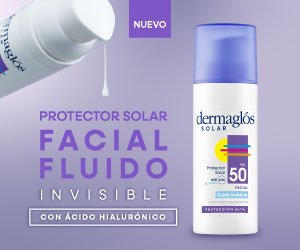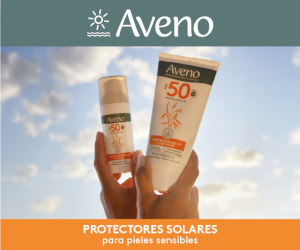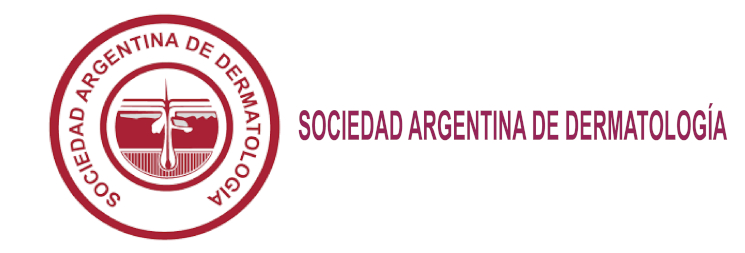Onicomicosis en pacientes con VIH
Resumen
Antecedentes. Las onicomicosis son un grupo de afecciones ungueales causadas por dermatofitos, levaduras y hongos no dermatofitos, que pueden confundirse con otras onicopatías.
Objetivos. 1. Aislar e identificar los hongos presentes en uñas de manos y pies en un grupo de pacientes con infección por VIH que presenten lesiones compatibles con onicomicosis. 2. Comparar
estos hallazgos con la microbiota presente en pacientes también VIH positivos pero que no evidencien clínica de onicomicosis. 3. Evaluar la asociación entre la afectación ungueal y diversas variables propias de la patología de base, como la cantidad de células CD4, carga viral, terapia
antirretroviral y otras comorbilidades.
Materiales y métodos. En este estudio descriptivo, prospectivo, observacional, se evaluaron pacientes con y sin lesiones ungueales. Se observó el grado de afectación y se tomaron muestras de escamas de uñas, sometiéndolas a análisis micológico de rutina.
Resultados. Se observó mayor frecuencia de onicomicosis en pacientes con carga viral mayor a 50 copias/ml; así se obtuvo una asociación estadísticamente significativa entre estas variables (p < 0,05), no observándose asociación entre la presencia de onicomicosis y el nivel de CD4 en sangre.
Conclusiones. Destacamos la importancia de realizar el estudio micológico en pacientes VIH con onicopatías, debido a que hay diversas causas de afectación del lecho ungueal, más aún teniendo en cuenta los fracasos terapéuticos, las recidivas y las interacciones medicamentosas entre agentes antimicóticos y antirretrovirales. Dado que en este estudio preliminar encontramos asociaciones estadísticamente significativas entre algunas de las variables estudiadas, continuaremos con este
trabajo con el fin de poder ampliar la información disponible sobre la etiopatogenia de las lesiones ungueales en pacientes VIH positivos
(Dermatol. Argent., 2013, 19(1): 34-38).
Palabras clave: onicomicosis, VIH, onicopatía
Onychomycosis in HIV - Positive patients
Abstra ct
Background: Onychomycosis are a group of fungal infections caused by dermatophytes, yeasts and other non-dermatophytes fungi, that may be confused with other onychompathies.
Objective: The aim of this study is to isolate and identify fungi in hands and feet nails of HIVpositive patients who had lesions compatible with onychomycosis and normal flora in disease-free nails of HIV-Positive patients. We compare both groups of patients.
Determine the relationship between clinical manifestations, and risk factors such as viral load and level of CD4/μL.
Methods: In this prospective, descriptive and observational study, two groups of patients -with and without nail lesions- were evaluated. The extent of nail compromise was recordered, and sample of nails were taken, in order to perform a routine mycological analysis.
Results: A higher frequency of onychomycosis in patients with viral load> 50 copies /ml were detected, obtaining a statistically significant association between these variables (p < 0.05). No association was found between the presence of onychomycosis and the level of CD4 in blood.Conclusions: There are several causes of nail pathologies. We emphasize the importance of the mycological study on patients HIV positive with onychopathies, especially taking into account treatment failures, recurrences and drug interactions between antiretroviral and antifungal compounds. Since in this preliminary study we found statistically significant associations between some of the variables studied, we will continue this work in order to expand the available
information on the pathogenesis of nail lesions in HIV positive patients
(Dermatol. Argent., 2013, 19(1): 34-38).
Keywords: onychomycosis, HIV, onychopathy.
Descargas
Publicado
Número
Sección
Licencia
El/los autor/es tranfieren todos los derechos de autor del manuscrito arriba mencionado a Dermatología Argentina en el caso de que el trabajo sea publicado. El/los autor/es declaran que el artículo es original, que no infringe ningún derecho de propiedad intelectual u otros derechos de terceros, que no se encuentra bajo consideración de otra revista y que no ha sido previamente publicado.
Le solicitamos haga click aquí para imprimir, firmar y enviar por correo postal la transferencia de los derechos de autor












